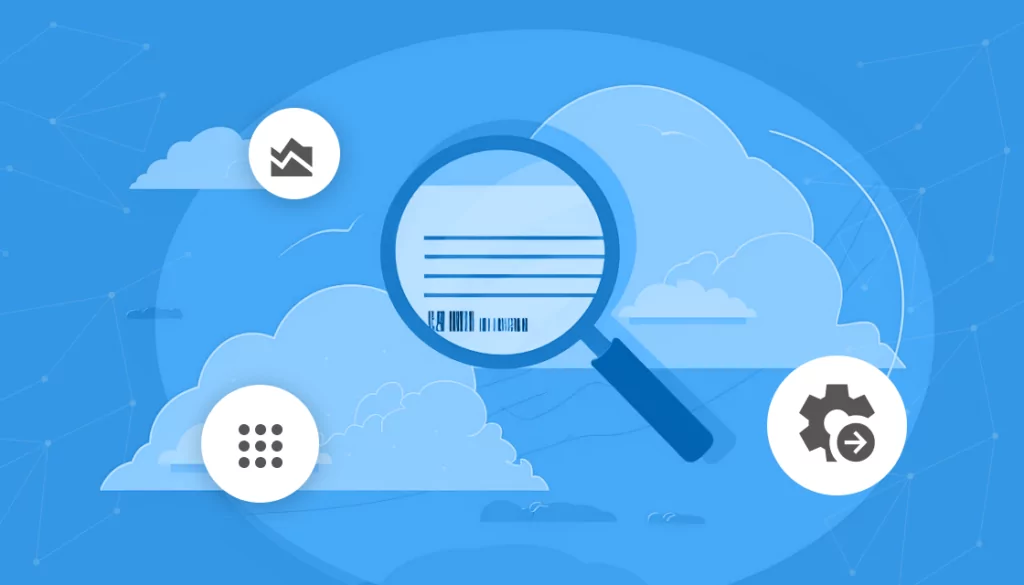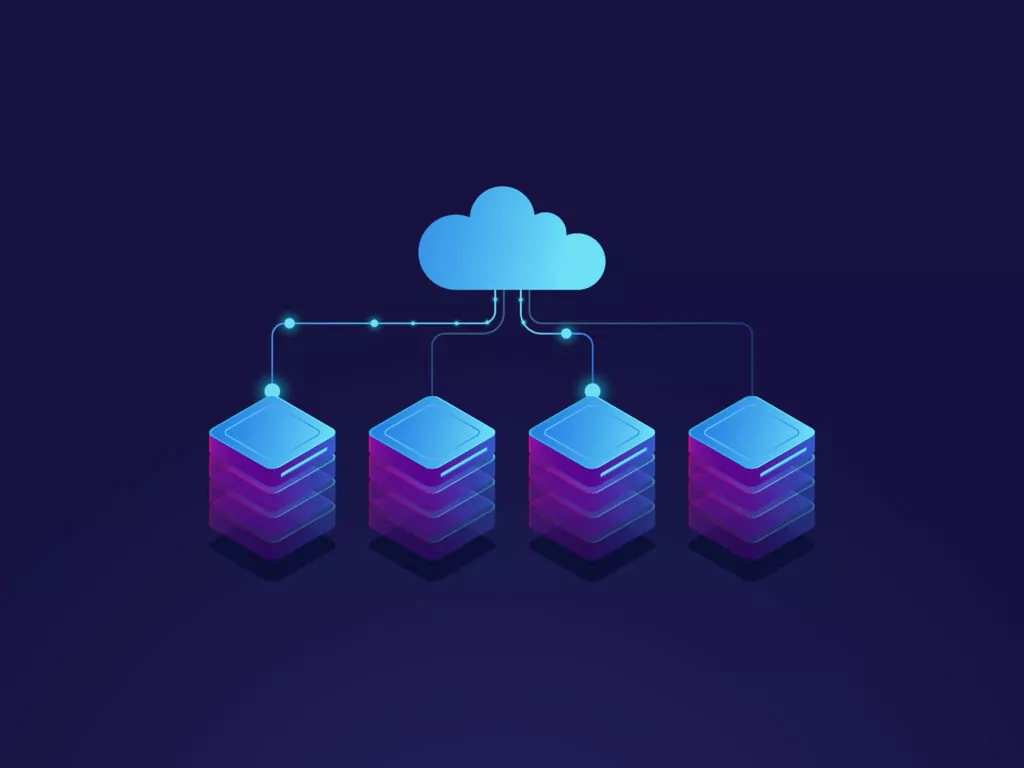What is the IT Estate?
An IT estate encompasses all the technology assets and resources owned or utilized by an organization to support its business operations and services. This includes both tangible assets, like hardware and network infrastructure, and intangible assets, such as software applications and data.
The IT estate is a critical component of an organization’s overall infrastructure, playing a vital role in day-to-day operations, strategic planning, and the delivery of services to customers. It reflects the organization’s investment in technology to achieve efficiency, innovation, and competitive advantage.
Managing the IT estate involves overseeing the entire lifecycle of IT assets, from acquisition and deployment to maintenance, upgrading, and eventual disposal. This comprehensive approach ensures that all components of the IT estate are effectively utilized, secure, and aligned with the organization’s strategic goals. Proper management of the IT estate enables organizations to maximize the value of their technology investments, reduce costs, and mitigate risks associated with IT assets.
This is part of a series of articles about IT asset management.
Table of Contents
ToggleRole of IT Estate in Digital Transformation
The IT estate is the foundation upon which digital strategies are built and executed. Digital transformation involves leveraging technology to radically change how businesses operate and deliver value to customers.
A well-managed IT estate enables organizations to be more agile, responsive, and innovative, facilitating the adoption of new technologies, processes, and business models. It supports the integration of digital technologies into all areas of a business, fundamentally changing how operations are conducted and services are delivered.
Having a clear understanding and effective management of the IT estate allows organizations to identify opportunities for improvement, eliminate redundancies, and invest in technologies that drive digital transformation. It ensures that IT assets are properly maintained and optimized to align with the digital goals of the organization.
Key Components of an IT Estate
The IT estate encompasses all aspects of the IT landscape:
1. Hardware
Hardware forms the physical backbone of an IT estate, encompassing servers, computers, mobile devices, networking equipment, and other physical technology assets. These hardware components are essential for the operation of IT systems and services, providing the necessary infrastructure for software applications and data storage.
Effective management of hardware assets ensures that they are efficiently utilized, properly maintained, and updated or replaced as needed to support ongoing business operations and growth.
The lifecycle management of hardware, from procurement to disposal, is a critical aspect of managing the IT estate. It involves monitoring hardware performance, ensuring compatibility with software applications, and implementing upgrades to meet evolving business requirements.
2. Software
Software assets include operating systems, application software, databases, and cloud-based services that run on the organization’s hardware infrastructure. They are integral to the functionality of the IT estate, enabling businesses to perform a wide range of tasks, from basic operations like email and calendar scheduling to complex activities like big data analysis, customer relationship management, and enterprise resource planning.
Managing software assets involves ensuring proper licensing, updating and patching software to address security vulnerabilities, and rationalizing the software portfolio to eliminate unnecessary applications.
Effective software management also includes leveraging software to improve business processes and drive innovation. This may involve adopting new technologies, such as artificial intelligence and machine learning, to enhance capabilities and competitive advantage.
Related content: Read our detailed guide to application rationalization.
3. Services
Various IT-related services support business operations, including cloud services, managed IT services, and support and maintenance services. These services can be provided by internal teams or outsourced to third-party vendors. Managing IT services involves ensuring that they meet business needs, are delivered efficiently, and provide value for the investment.
The role of services in an IT estate has grown significantly with the rise of cloud computing, which allows organizations to access a wide range of IT resources and capabilities as a service. Effective management of IT services ensures that service levels are met, costs are controlled, and the services remain aligned with the strategic goals of the organization.
4. Data
Data is a critical asset in IT, encompassing all the information generated, collected, stored, and used by an organization. This includes customer data, financial records, operational data, and analytics.
Managing data involves ensuring its accuracy, security, and accessibility, as well as complying with data protection regulations. Effective data management supports decision-making, operational efficiency, and customer service.
The value of data has increased significantly, with organizations leveraging data analytics and business intelligence to gain insights, drive strategic decisions, and create competitive advantage. Ensuring the integrity, privacy, and availability of data is crucial for maintaining trust and complying with regulatory requirements.
5. Network Infrastructure
Network infrastructure refers to the hardware and software resources that enable network connectivity, communication, operations, and management. This includes routers, switches, firewalls, and the software that supports network operations.
A robust network infrastructure is essential for the smooth operation of IT systems and services, providing the connectivity that allows data and applications to be accessed and shared across the organization.
Managing network infrastructure involves ensuring its reliability, performance, and security. This includes monitoring network traffic, managing bandwidth, and implementing security measures to protect against cyber threats. Effective network management supports business continuity, operational efficiency, and the secure exchange of information.
6. Security Systems
Security systems are the technologies, policies, and practices designed to protect IT assets and data from cyber threats. This includes firewalls, antivirus software, intrusion detection systems, and security information and event management (SIEM) systems.
Managing security systems involves ensuring they are up to date, configured properly, and capable of defending against current and emerging threats.
The importance of security systems has grown with the increasing prevalence of cyber attacks. Effective security management protects the organization’s assets, data, and reputation, ensuring compliance with regulatory requirements and maintaining the trust of customers and partners.

Lanir specializes in founding new tech companies for Enterprise Software: Assemble and nurture a great team, Early stage funding to growth late stage, One design partner to hundreds of enterprise customers, MVP to Enterprise grade product, Low level kernel engineering to AI/ML and BigData, One advisory board to a long list of shareholders and board members of the worlds largest VCs
Tips from the Expert
In my experience, here are tips that can help you better manage and optimize your IT estate:
-
Ensure hybrid IT integration
Seamlessly connect on-premises systems with cloud environments using unified management tools. This reduces silos and enhances visibility across the IT estate.
-
Use predictive analytics for proactive management
Leverage analytics to predict hardware failures, software end-of-life, or network issues. This minimizes downtime and ensures efficient resource allocation.
-
Regularly benchmark IT performance
Measure your IT estate’s performance against industry standards to identify inefficiencies, optimize assets, and plan for upgrades or improvements.
-
Adopt green IT practices
Implement energy-efficient technologies and optimize resource use to reduce costs and support sustainability goals, aligning with ESG initiatives.
-
Map dependencies for resilience
Document all asset interconnections and dependencies to support disaster recovery and minimize downtime during disruptions.
Managing the IT Estate
Here are some of the main aspects of IT estate management:
Asset Management
Asset management involves the comprehensive tracking and management of an organization’s IT assets throughout their lifecycle, from acquisition to disposal. This includes maintaining an inventory of hardware and software assets, monitoring their usage and performance, and making informed decisions about asset procurement, maintenance, and retirement.
Effective asset management helps organizations optimize the use of their IT assets, reduce costs, and ensure that assets are aligned with business needs. Asset management also involves ensuring that IT assets are properly licensed and compliant with legal and regulatory requirements.
By maintaining an accurate and up-to-date inventory of IT assets, organizations can avoid unnecessary expenditures, mitigate the risk of compliance issues, and improve planning and budgeting for IT investments.
Financial Management
Financial management of the IT estate involves overseeing the budgeting, costing, and investment in IT assets and services. This includes allocating resources to different areas of the IT estate, monitoring IT spending, and assessing the return on investment (ROI) of IT initiatives. Effective financial management ensures that IT expenditures are aligned with business objectives, delivering value for the organization.
Financial management also involves cost optimization strategies, such as identifying opportunities for cost savings, negotiating vendor contracts, and leveraging cloud services to reduce infrastructure costs. By managing IT finances effectively, organizations can control IT costs, maximize the value of their IT investments, and support strategic business initiatives.
Risk Management
Risk management in the context of IT involves identifying, assessing, and mitigating risks associated with IT assets and operations. This includes risks related to cybersecurity, data privacy, compliance, and operational continuity. Effective risk management helps organizations protect their IT assets and data, ensure compliance with regulatory requirements, and maintain business continuity.
Risk management strategies may include implementing security controls, developing incident response plans, and conducting regular risk assessments. By proactively managing risks, organizations can minimize the impact of potential threats, ensure the reliability and security of their IT estate, and support the overall resilience of the business.
Best Practices for Managing Your IT Estate
There are several best practices that can help ensure more effective management of the IT estate:
1. Implement IT Asset Lifecycle Management Practices
Asset lifecycle management practices help ensure that IT assets are acquired, used, maintained, and disposed of in a manner that maximizes their value and supports business objectives. This involves managing each stage of the asset lifecycle, from procurement and deployment to maintenance, upgrade, and retirement.
IT asset lifecycle management practices include conducting regular reviews of asset performance, implementing preventive maintenance programs, and establishing criteria for asset replacement or retirement. By adopting a structured approach to lifecycle management, organizations can ensure that their IT estate remains efficient, reliable, and aligned with evolving business needs.
2. Standardize IT Assets and Processes to Reduce Complexity
Standardization involves adopting common platforms, technologies, and procedures across the organization, minimizing the diversity of IT assets and streamlining IT operations. This approach facilitates easier management of IT assets, improves interoperability, and reduces the costs associated with maintaining a heterogeneous IT environment.
Standardization also supports better security and compliance management by simplifying the implementation of security controls and ensuring consistent adherence to regulatory requirements. By reducing complexity through standardization, organizations can enhance the performance, reliability, and security of their IT estate, while also simplifying the management of IT assets and processes.
3. Implement Robust Security Measures
It’s important to implement a comprehensive security strategy that includes access controls, encryption, firewalls, antivirus software, and regular security assessments. Effective security measures help prevent unauthorized access, data breaches, and other security incidents, protecting the organization’s assets, reputation, and customer trust.
Robust security measures also involve educating employees about cybersecurity best practices, such as recognizing phishing attempts and using strong passwords. By prioritizing security across the IT estate, organizations can mitigate risks, ensure the integrity and availability of IT assets, and support the overall resilience of the business.
4. Monitor and Manage IT Costs
Monitoring and managing IT costs is essential for ensuring that IT expenditures deliver value and support the organization’s strategic objectives. This involves effective budgeting, cost allocation, and the implementation of cost optimization strategies.
By closely monitoring IT costs, organizations can identify opportunities for savings, make informed decisions about IT investments, and allocate resources in a way that maximizes efficiency and effectiveness.
Effective budgeting and cost allocation practices include setting clear IT budget goals, tracking spending against budget, and allocating costs based on usage or business value. Cost optimization strategies may involve consolidating IT assets, leveraging cloud services to reduce infrastructure costs, and negotiating vendor contracts to achieve better pricing.
5. Comprehensively Map IT Assets and Dependencies
Comprehensively mapping IT assets and dependencies is a crucial practice for effective IT estate management. This process involves creating a detailed inventory of all IT assets, including hardware, software, network infrastructure, and services, as well as understanding how these assets are interconnected and depend on each other.
Mapping assets and their dependencies provides a clear view of the IT landscape, enabling organizations to identify critical systems, assess the impact of potential failures or changes, and plan for contingencies. It also helps in identifying redundancies and inefficiencies, facilitating more informed decision-making regarding IT investments and changes.
Furthermore, comprehensive asset mapping supports risk management by highlighting vulnerabilities and potential points of failure within the IT estate. It allows for better planning of maintenance, upgrades, and disaster recovery efforts, ensuring business continuity and minimizing downtime.
Mapping Your IT Estate with Faddom
Faddom simplifies the process of understanding your IT estate by providing clear, real-time visualizations of your entire on-premises and cloud infrastructure in under an hour. With Faddom, you can instantly see all your servers, applications, and their dependencies. This comprehensive visibility not only helps you manage your IT assets more effectively but also supports better decision-making for optimization, risk management, and digital transformation.
Ready to see the bigger picture? Start a free trial today!










